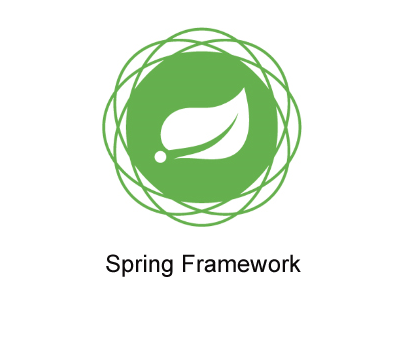
Advertisement
@Component
class Tennis
{
}package decodejava;
import org.springframework.beans.factory.annotation.Autowired;
import org.springframework.stereotype.Component;
@Component
public class Tennis
{
public void playTennis()
{
System.out.println("Hello World! Do you like Tennis?");
}
}Advertisement
package decodejava;
import org.springframework.context.ApplicationContext;
import org.springframework.context.support.FileSystemXmlApplicationContext;
public class Utility
{
public static void main(String[] args)
{
ApplicationContext context = new FileSystemXmlApplicationContext("classpath:config.beans.xml");
// When using @Component Annotation, the name of the bean in getBean() method,
// should be the lower-case equivalent of class name i.e. "tennis"
Tennis tennisBean = context.getBean("tennis", Tennis.class);
// Calling the playTennis() method
tennisBean.playTennis();
}
} <context:component-scan base-package="decodejava" > <?xml version="1.0" encoding="utf-8"?>
<beans xmlns="http://www.springframework.org/schema/beans"
xmlns:xsi="http://www.w3.org/2001/XMLSchema-instance"
xmlns:util="springframework.org/schema/util"
xmlns:context="http://www.springframework.org/schema/context"
xsi:schemaLocation="http://www.springframework.org/schema/beans
http://www.springframework.org/schema/beans/spring-beans.xsd
http://www.springframework.org/schema/context
https://www.springframework.org/context/spring-context.xsd
">
<context:component-scan base-package="decodejava"/>
</beans>Jul 14, 2018 11:56:57 AM org.springframework.context.support.AbstractApplicationContext prepareRefresh
INFO: Refreshing org.springframework.context.support.FileSystemXmlApplicationContext@1ee0005: startup date [Sat Jul 14 11:56:57 IST 2018]; root of context hierarchy
Jul 14, 2018 11:56:57 AM org.springframework.beans.factory.xml.XmlBeanDefinitionReader loadBeanDefinitions
INFO: Loading XML bean definitions from class path resource [config.beans.xml]
Hello World! Do you like Tennis?
Advertisement
Advertisement
Please check our latest addition
C#, PYTHON and DJANGO
Advertisement



